The flexibility of SEO is the most challenging aspect. Every 500-600 days, Google upgrades its algorithm. That implies an update at least once a day, 365 days. Even for SEO experts, it is not easy to determine rank criteria for SEO strategies and seem to their heads at the end of the day.
It is not possible to keep a record of all the changes. That is not a good use of your time. However, you’ll be ahead of the pack by remaining on top SEO critical trends for 2022 strategies. We know that 75% of people never look beyond the first page of search results.
So, figuring out how to cope with these algorithm updates and be on the top page of search engine result sites.
We created a list of SEO strategies for 2022 to help you refresh Google’s update page every time.
1. Identify Website Core Vitals
Core web vitals may be a new SEO word you’ve never heard of before. However, by 2022, it will be critical that you understand what these terms mean and the metrics that underpin them. Google will introduce Page Experience in May, a new algorithm that ranks pages based on the company’s fundamental web essential metrics.
So, what are the most critical aspects of the web? They’re a collection of measures that Google describes as speed, responsiveness, and visual stability. This post will look into core web vitals, but first, a short refresher.
Larget Contentful Paint
It measures page time. It’s a time that the content of the page takes to load. 2.5 seconds or faster than this is the ideal value.
First Input Delay
It measures page responsiveness. It’s time a page takes a while responding to the user. Less than 100ms is an excellent ideal time.
Cumulative Shift Layout
It defines the unexpected layout shift that occurs in the visible page content. It should be less than 1.
2. Optimizing Passage Ranking for Google
Google introduced Passage ranking to rank specific sections and the complete page on the web in Oct 2020. What does it signify? First, Google can extract portions from a site, even if the website is on a different topic than the SERP.
Assume you wrote a blog post on social media marketing that included subjects like tools, strategy, analytics, and networks.
Even if you haven’t optimized social media marketing tools for the keyword, your website might still rank for it. Because your content contains a relevant piece regarding social media marketing techniques, Google is indexing it.
It’s as easy as writing an easy-to-read blog article and providing a user-friendly experience to optimize for Google’s Passage ranking. The most important thing to remember is to divide your content into distinct sections. For these parts, emphasize the use of keywords as headers. These sections should have transparent material that is focused on the subtopic. As a blog post within a blog post, think of it. These parts should always be related to your central theme, but they should also make sense contextually if read separately.
3. Concentrate on Featured Snippets
If you haven’t previously implemented featured snippets, you should do it in 2022. Featured snippets, sometimes described as the “holy grail of search,” appear in a rectangular box in position zero of the SERP page.
While you can’t choose which material appears in a highlighted snippet, you may optimize your content to increase its chances of appearing in one. Below are some suggestions:
Long term Keywords
The longer the terms in a search query, the more likely a highlighted snippet would be returned, according to SEMrush. 17% of 5-word phrases and 55.57% of 10-word keywords were highlighted in featured snippets, compared to 4.3% of single-word keywords.
Questioning
It would help if you considered user purpose while writing any material. For example, people frequently utilize question-like inquiries while searching on Google. As a result, generating material with these questions and answers in mind will increase your chances of getting highlighted snippets.
“Why,” “do,” and “can” questions forms elicited the most highlighted snippets, according to SEMrush, while the “where” word prompted the fewest.
Focusing Formate
The four primary forms of highlighted snippets are paragraph, list, table, and video. Keep these diverse forms in mind while you compose your material. In addition, keep in mind what a highlighted snippet is supposed to do. Google intends to show information to searchers searching for a quick solution clearly and concisely. As a result, prepare your document for the fast reader.
4. Know EAT Principle
Regardless of Google’s ever-changing algorithm, the EAT principle can help you achieve long-term SEO success. Doesn’t it sound amazing? What exactly is EAT, though?
Expertise, authority, and trustworthiness represent EAT. It’s just a way to assess your company’s online reputation. Google gives greater weight to well-known sites, has a strong brand, and is trustworthy.
If your sector is a little more crowded than others, you might be wondering how you’re going to knock off some of your larger competitors or well-known brands.
Don’t get too carried away; start modest. You may take specific actions for developing your brand’s authority, reliability, and reputation.
Suppose you think that your company is smaller than the other companies and how you can compete with them. Don’t worry; you can establish your brand’s authority, trustworthiness, and reputation by following simple steps.
- Request customers to submit positive reviews on websites like Yelp, BBB, Amazon, and Google.
- Get high-quality links in your niche.
- Be active in public forums.
- Show EAT principle through testimonials, case studies, reviews, and other social proofs on your website.
5. Allow for the use of Several Long-tail Keyword Phrases
Google’s search engine becomes ever more powerful with each new algorithm release. Consequently, Google now claims that it understands the relevant subtopics. For example, a search for “home exercise equipment” will now return a broader range of results since Google now considers “affordable equipment,” “premium alternatives,” and “compact space ideas” to be critical subtopics.
What does this mean in terms of search engine optimization (SEO) strategy? First, it will be a lot more competitive for short-tail keywords. Using long-tail keywords or more specific keywords with three or more words increases your chances of discovering your website on the first page of search results for relevant terms.
Here’s an example. Maybe your title, meta description, and URL for “custom clothing and accessories” contain that term, but you also add “logo jackets for firms,” “branded sweatshirts and t-shirts,” and “sweaters for businesses” in your content. It helps you rank for many search queries and informs Google that custom branded clothing connects to these other long-tail keywords.
6. Produce New Content
It may sound apparent, but marketers might get caught up in the technicalities of on-page SEO and forget to concentrate on providing fresh, quality content for searchers. Keep in mind that approximately 4.4 million blog entries are written every day. So it’s effortless to get behind if you’re not creating fresh material regularly.
When you publish fresh stuff, you can immediately optimize it for today’s SEO best practices, pay attention to page names, content headers, subheads, picture alt text, and the new keywords you want to target.
Users see new material as more valuable than the old stuff. When individuals look for a solution to a topic, they often glance at the date to see whether it is relevant. If your postings contain out-of-date dates and content, people will swiftly move on to the following search results.
Finally, freshness is an independent ranking element. The more you publish, the more Google indexes and the higher your content will rank.
Why is content crucial for SEO?
7. Refresh Old Content
Even if you’re busy developing new material, you can’t forget to keep your existing content up to date. Refresh content is a crucial SEO strategy for 2022. Your previous information will go away. However, if you post new material, please don’t pass on the possibility that those prior postings might provide since you presumably put a lot of work into posts.
A link audit is a simple method to go back and update outdated material. Find and repair any broken or obsolete external links. It improves user experience and protects you from Google penalties for having too many broken links.
Update your internal connections as well. Remember to refresh the old stuff and add links to these new articles as you develop new content. In addition, it informs Google that there is a link between both sites, which will allow Google to index your new pages quicker while also helping your articles rank better for related search searches.
8. Emphasis on User Experience
When it comes to SEO, every approach should be related to increasing user experience. That is the essence of SEO. It will be more critical than ever in 2022 in SEO strategies.
After all, the increased emphasis on basic web vitals is all about improving the user experience. However, Google also considers bounce rate, dwell duration, and click-through percentage. The goal is for someone to click on your result, visit many pages, and remain on your site for 3 minutes.
Here are some points to know about while assessing your user experience:
- Is your site mobile-friendly?
- Is it simple for people to locate additional pages on your site?
- Page speed – does it take a long time for your website to load?
- Do you have elements on your site that encourage people to connect with your content?
- Quality of content – do you have errors, broken links, or plain lousy material?
- Users will start to spend more time on your site if you improve some of these areas. Consequently, Google will begin to rank your website and related sites higher in SERPs.
All because of a positive user experience.
9. Don’t Ignore Visuals
Google Images now accounts for almost 20% of all US web searches. So, to dominate SEO in 2022, you must understand how to optimize any picture for search.
What is the best way to optimize photos for Google search?
First, ensure that any photos you utilize are of excellent quality and related to yours.
Users should be able to determine your content simply by looking at your image.
Always compress photos before uploading them to your site. Google considers page speed a ranking factor. Images make up 21% of a website’s load. Thus even a single colossal image may slow down a fast sit. Squoosh is a simple and free program for fast compressing photos.
Alt tags for images are also highly significant. It is a text alternative to photos that search engines use to correlate keywords with your idea. Furthermore, if your picture does not load, this is what a user sees in the upper left corner. When writing your alt text, incorporate important information and keywords as needed. However, be weary of keyword stuffing. Don’t include a keyword if it doesn’t make sense to do so. Google may consider this spam and punish your website as a consequence.
10. Increase Your Backlinks
Backlinks are the lifeblood of SEO—no effective SEO strategies in 2022 and neglecting the need to establish high-quality links to your site.
Why? Backlinks are an essential part of establishing brand authority. And we’ve already concluded that experience, power, and integrity will be more valuable than ever in 2022. When a respected authority site links back to your site, your EAT factor increases, and Google perceives your site as a viable solution for searchers.
We’ve put up a comprehensive tutorial on constructing your backlink strategy. Learn more about creating links, from email templates to the dos and don’ts. Voici a few quick tips:
- Quantity is not as important as quality – your linker’s domain authority is more significant than the number of links.
- Consider doing some guest blogging.
- Use online forums to distribute your information and connect with others in your field.
- Use social media to your advantage by offering useful material and reaching out to people about backlinks to your site.
- Find unlinked mentions and connect them.
Final Thoughts
Every Google algorithm change is tough to keep track of all things. Likewise, a busy marketer will find it tough to keep up with the current trends. So optimizing for people is an essential SEO practice to remember.
Put an end to your efforts at SEO content creation. In 2022, individuals and their experiences will be at the heart of every SEO strategy used. Dedicate yourself to producing valuable content that assists and educates your target audience. A solid SEO strategy begins with this. After that, you may utilize the top 2022 SEO strategies to fine-tune and improve your efforts.

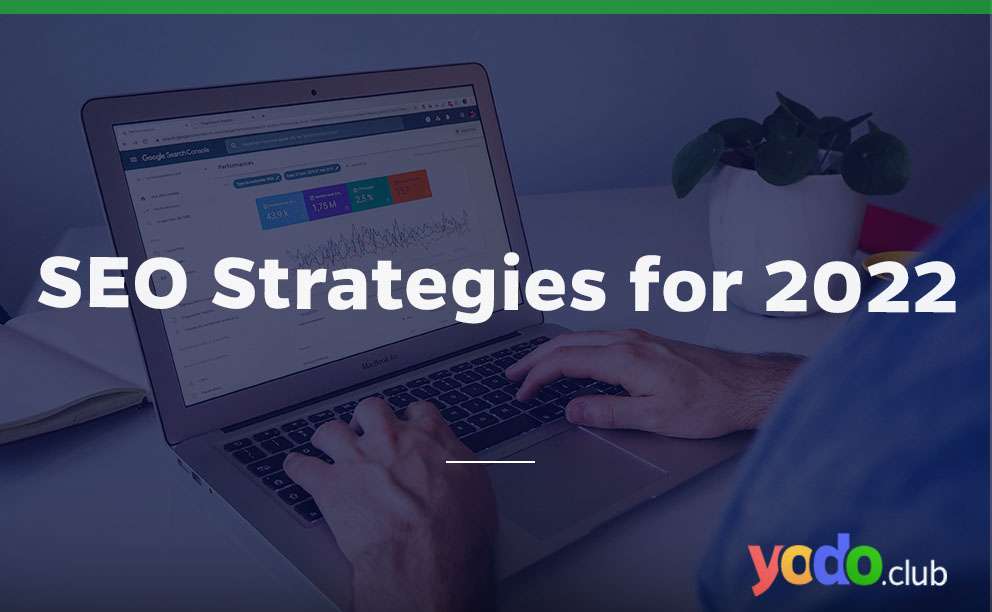
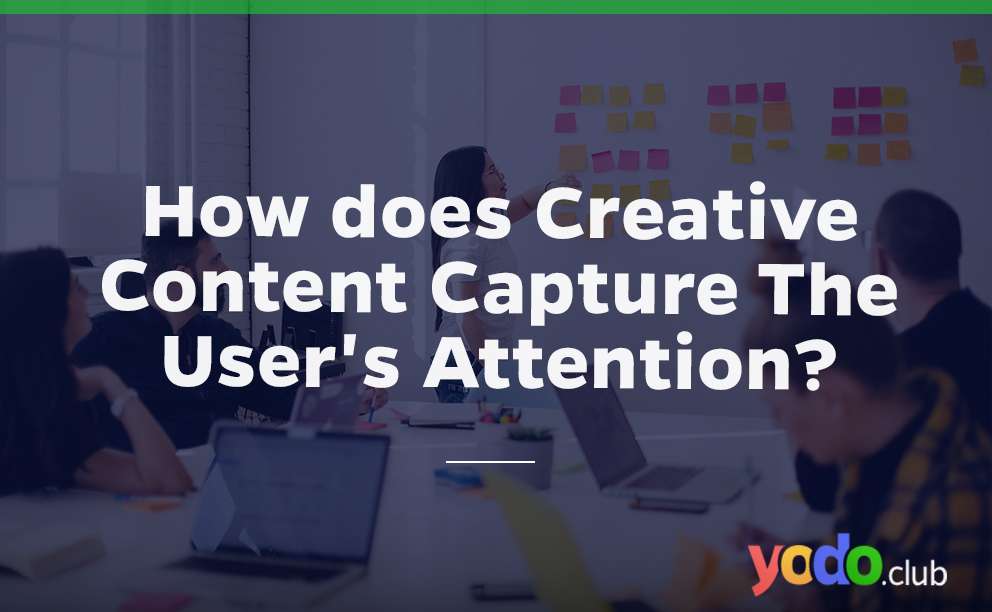



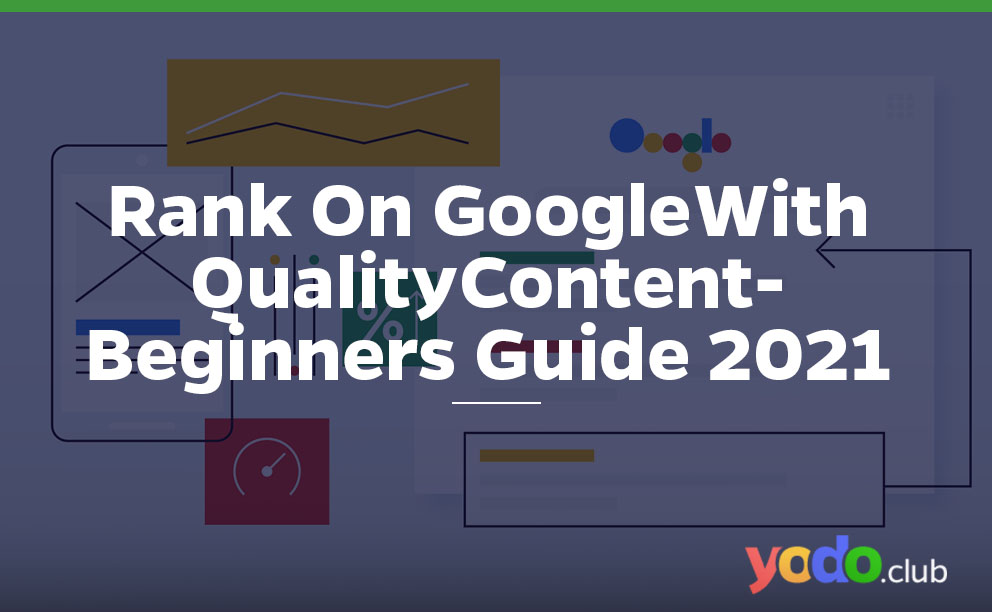


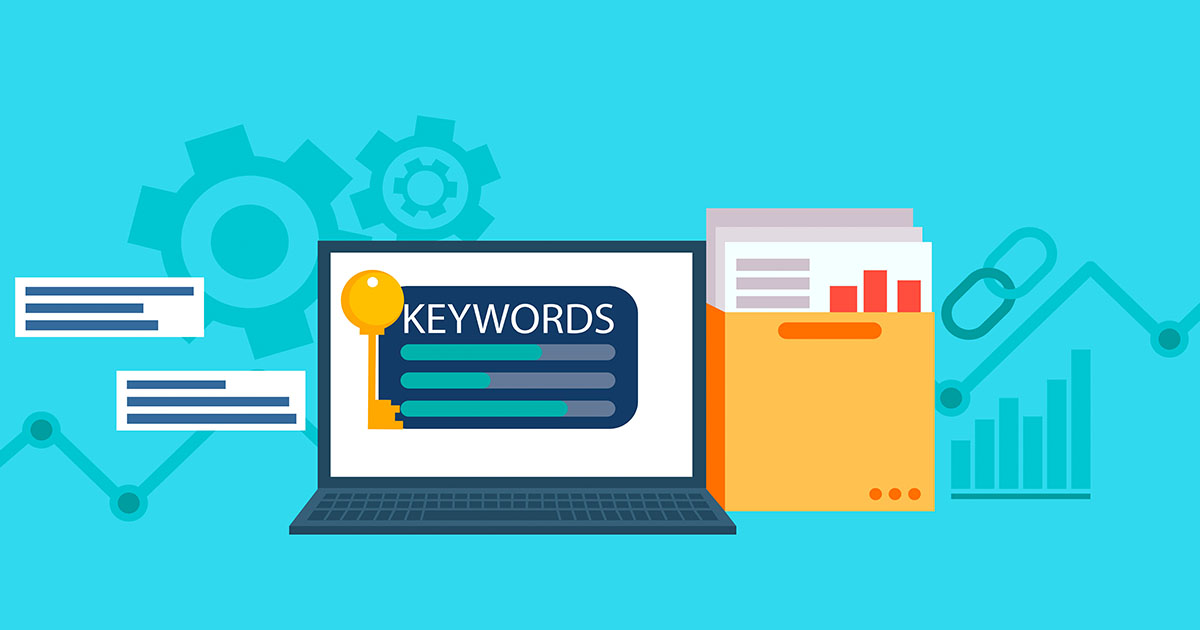
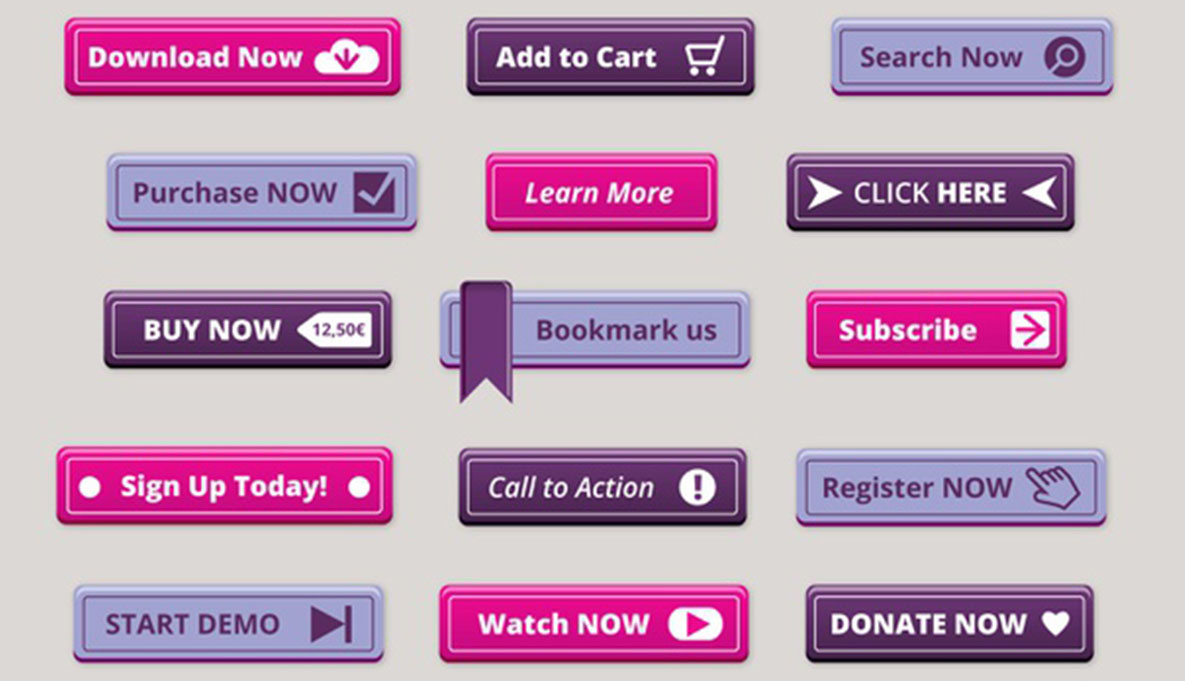

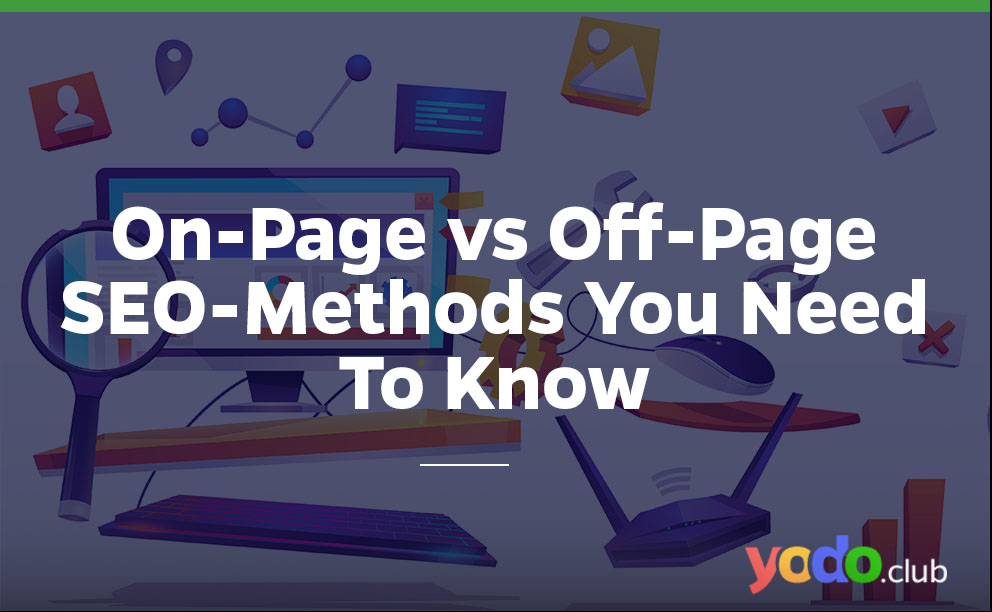





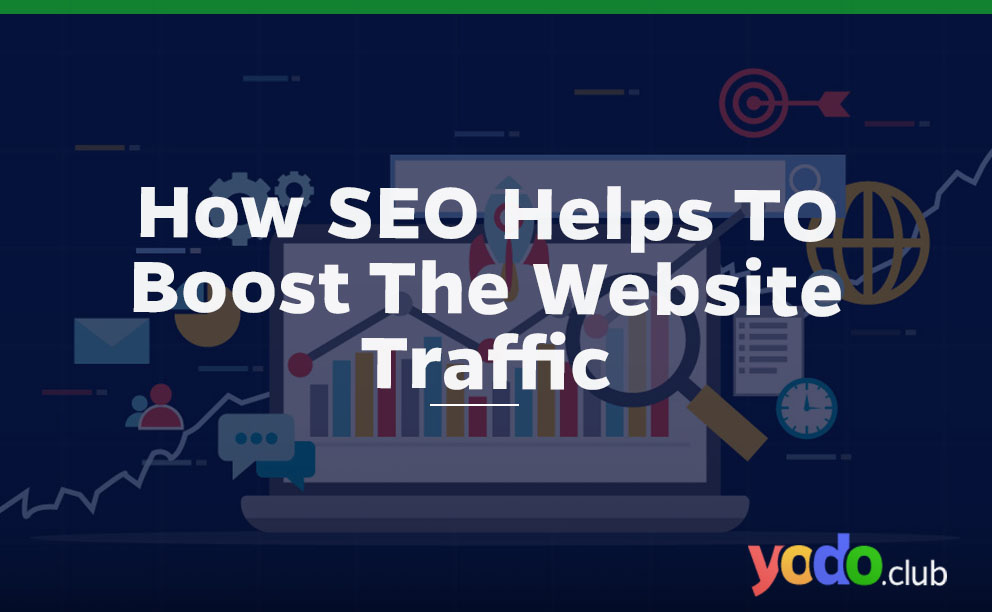




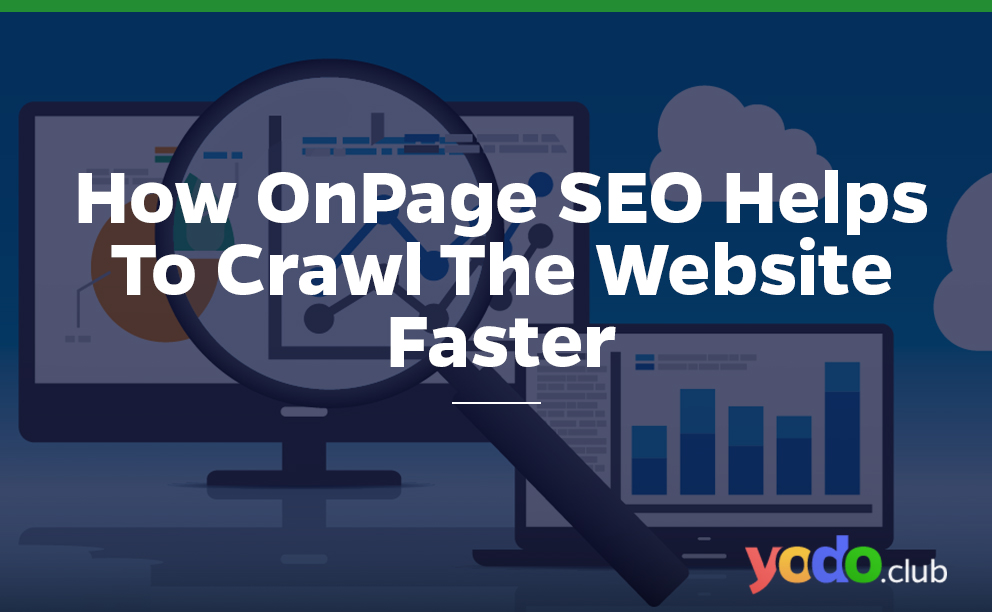
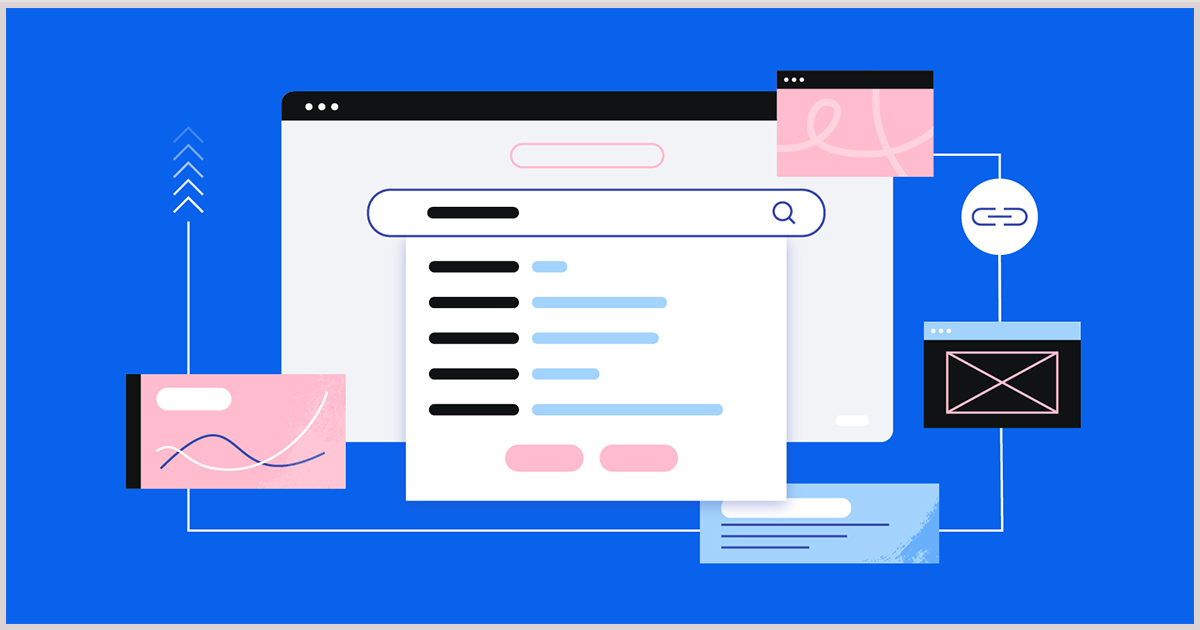



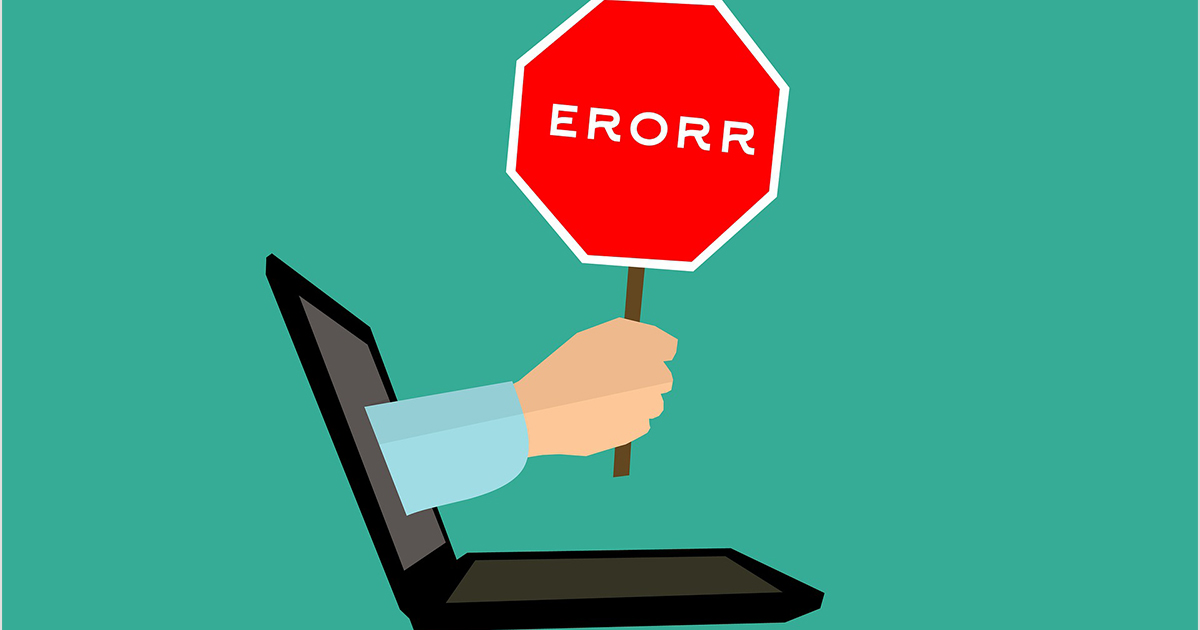




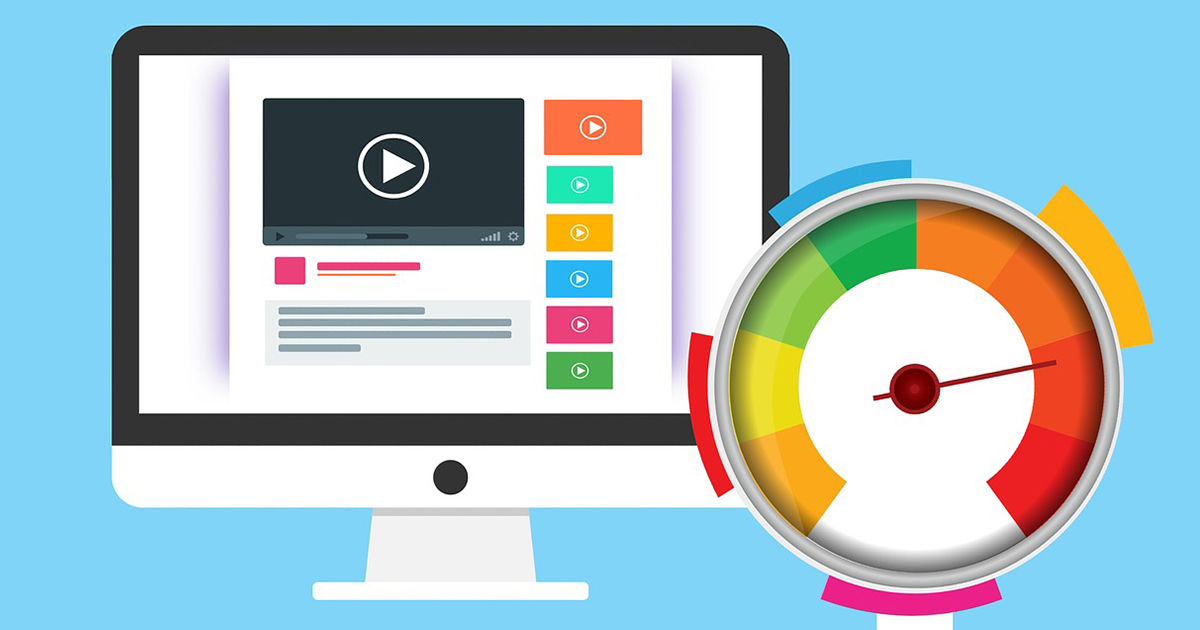



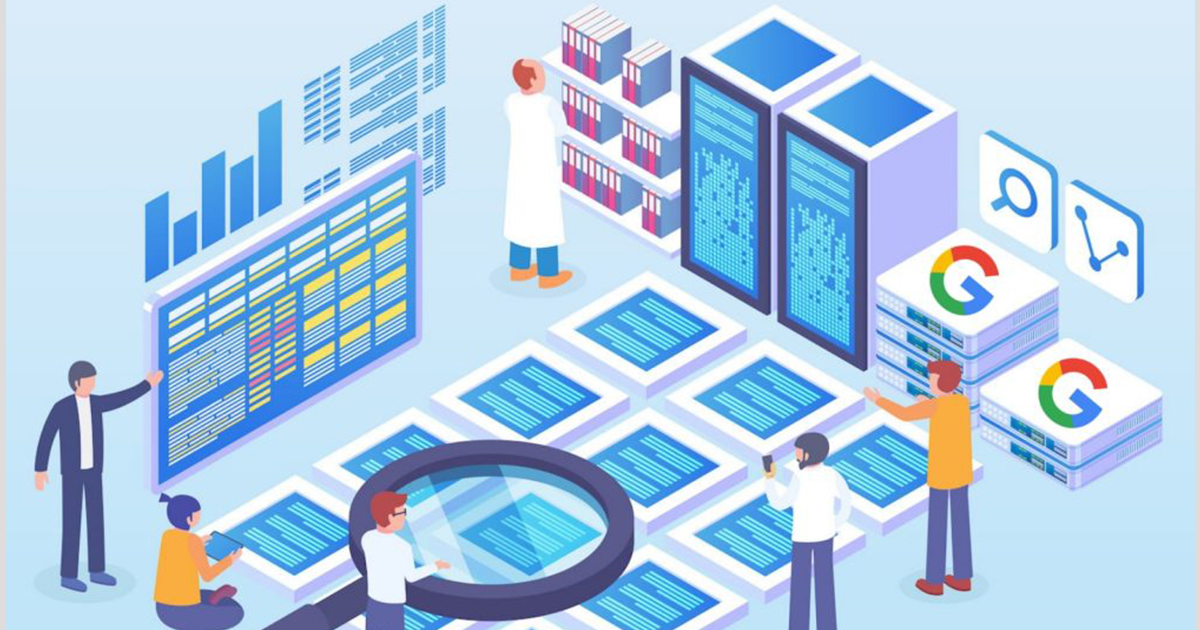

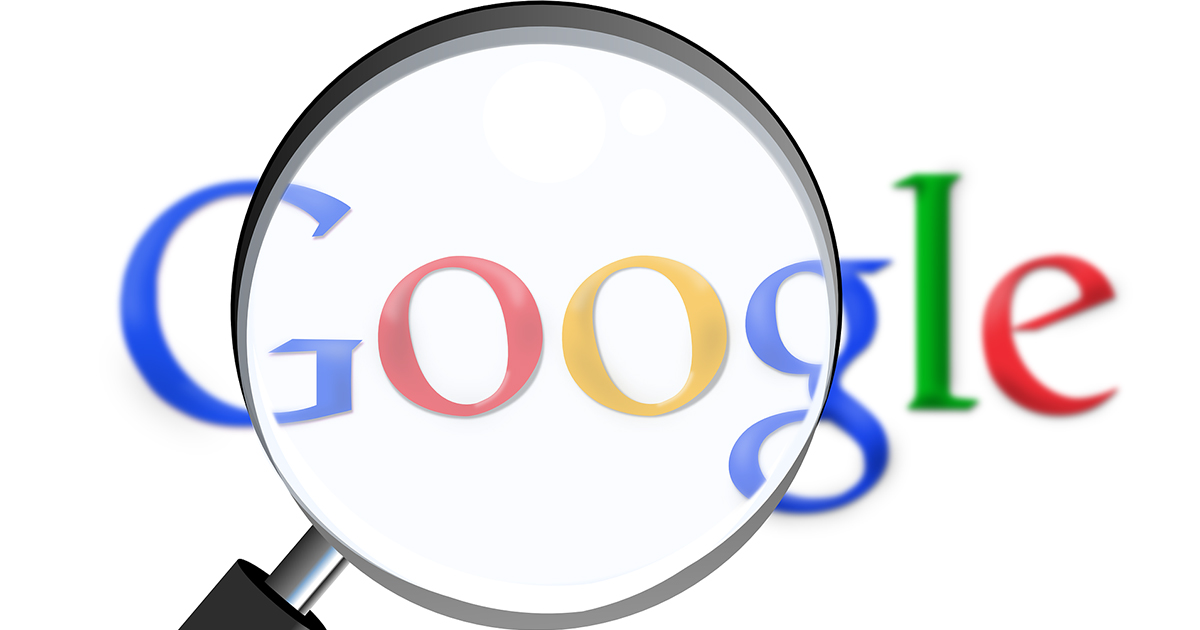


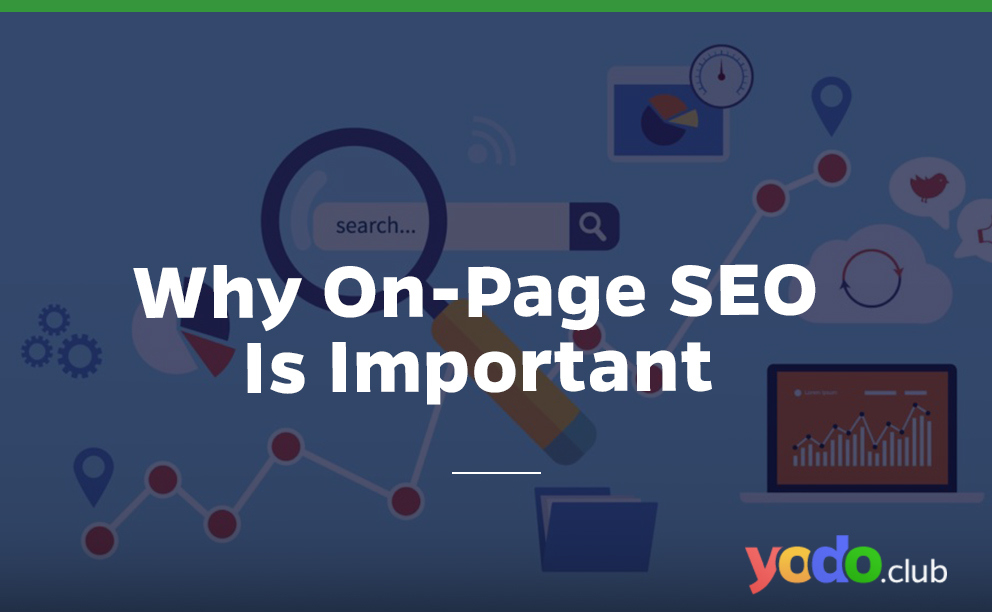
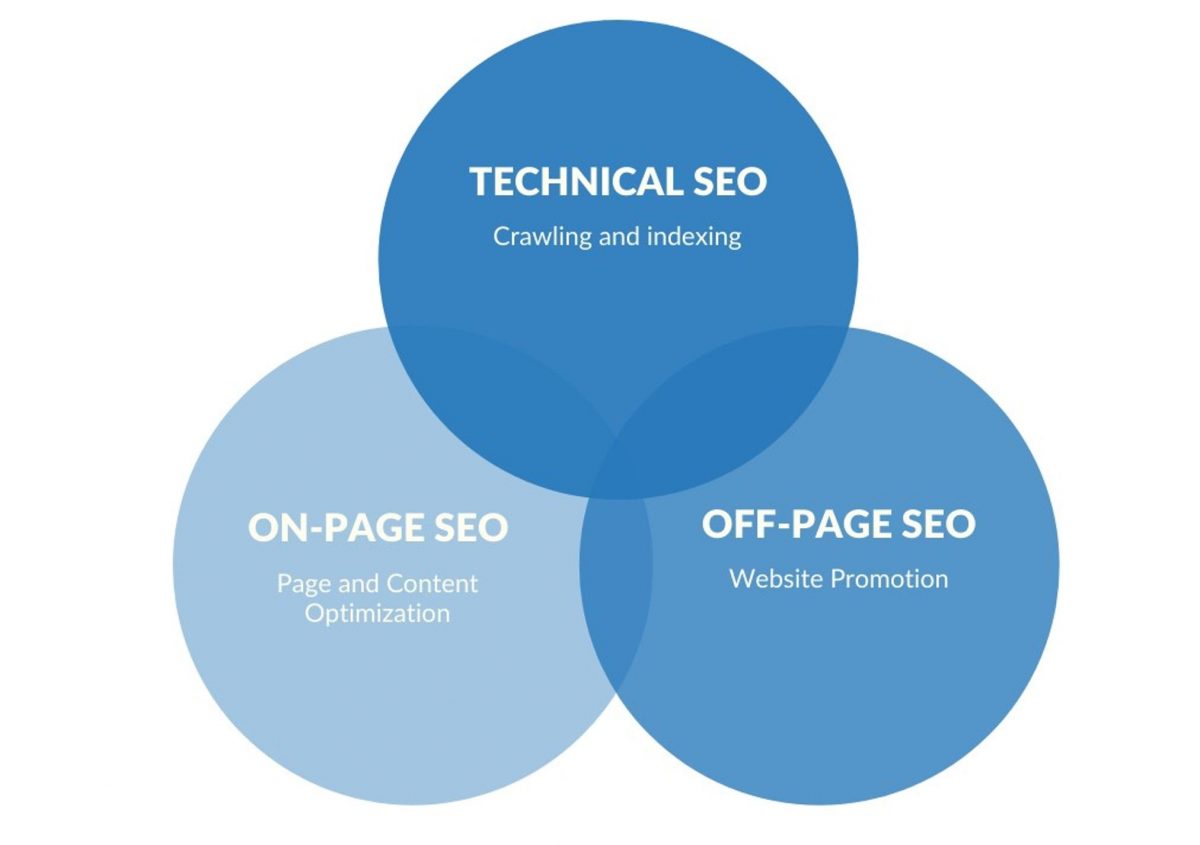

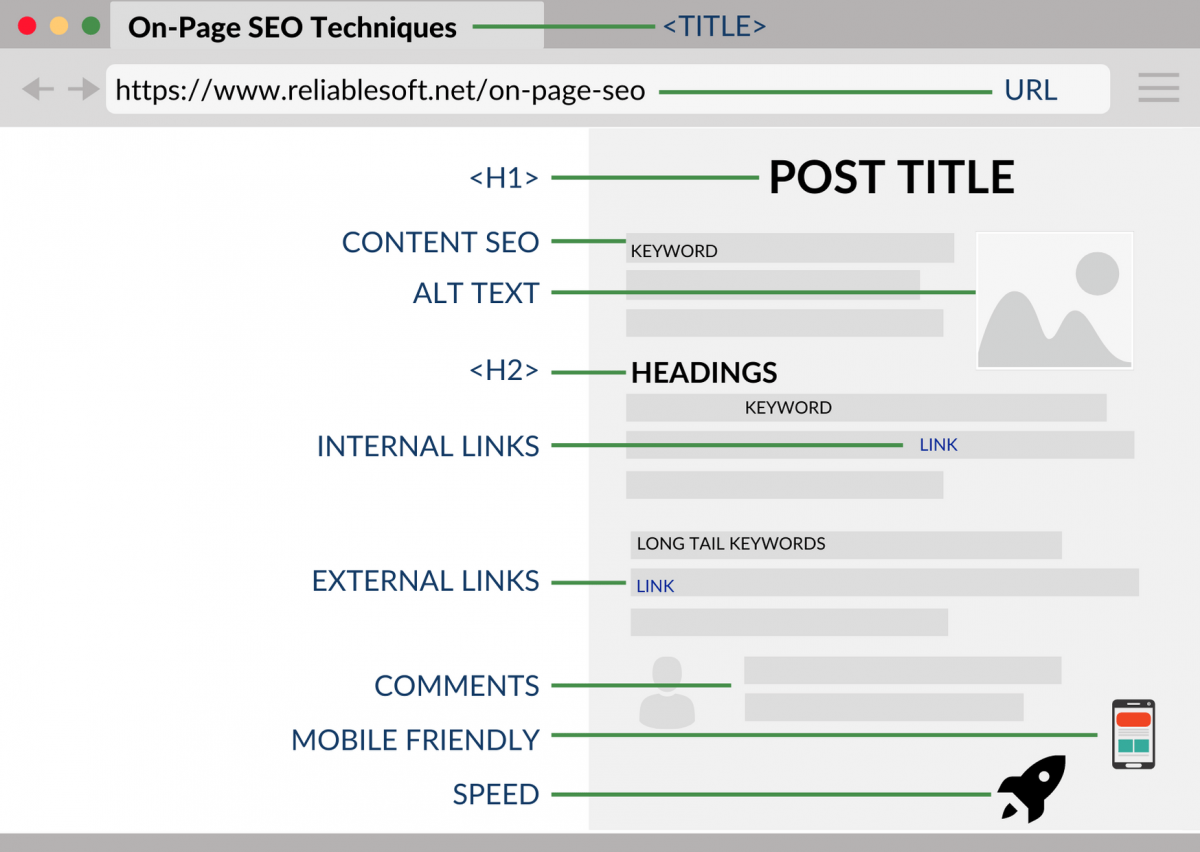
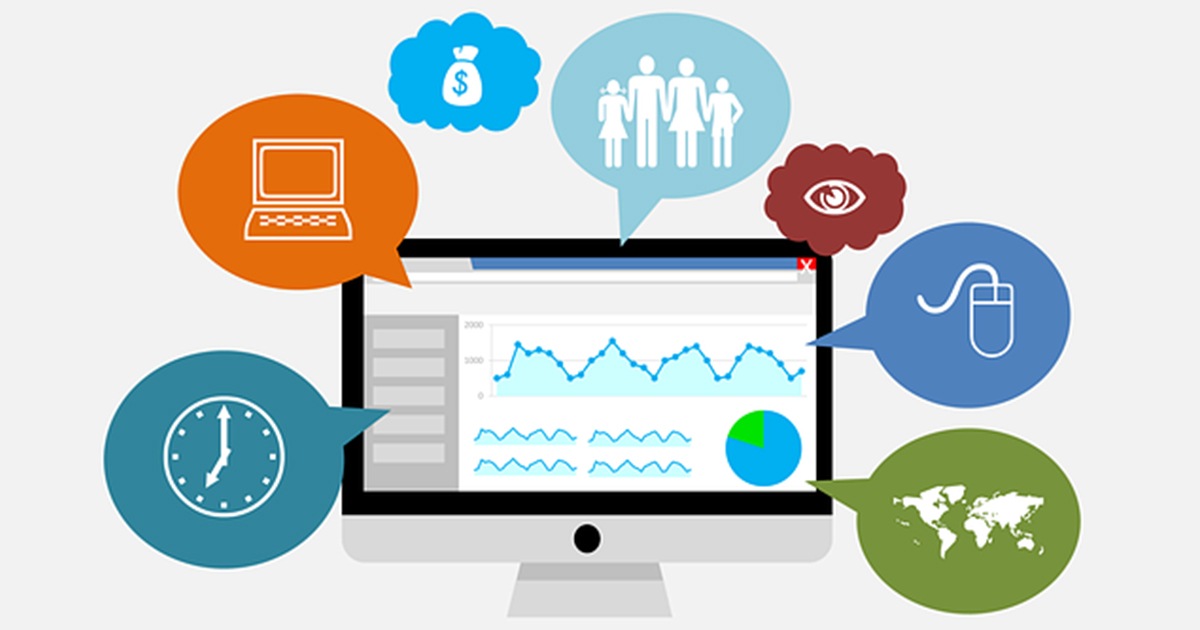
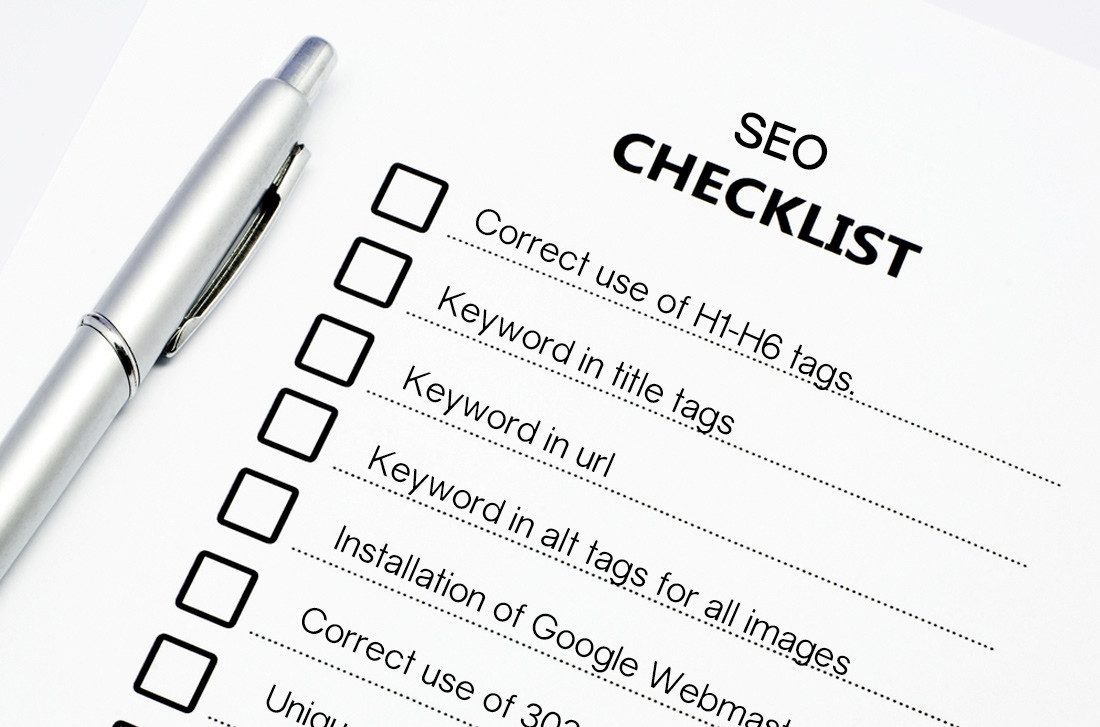

 & Passion.
& Passion.